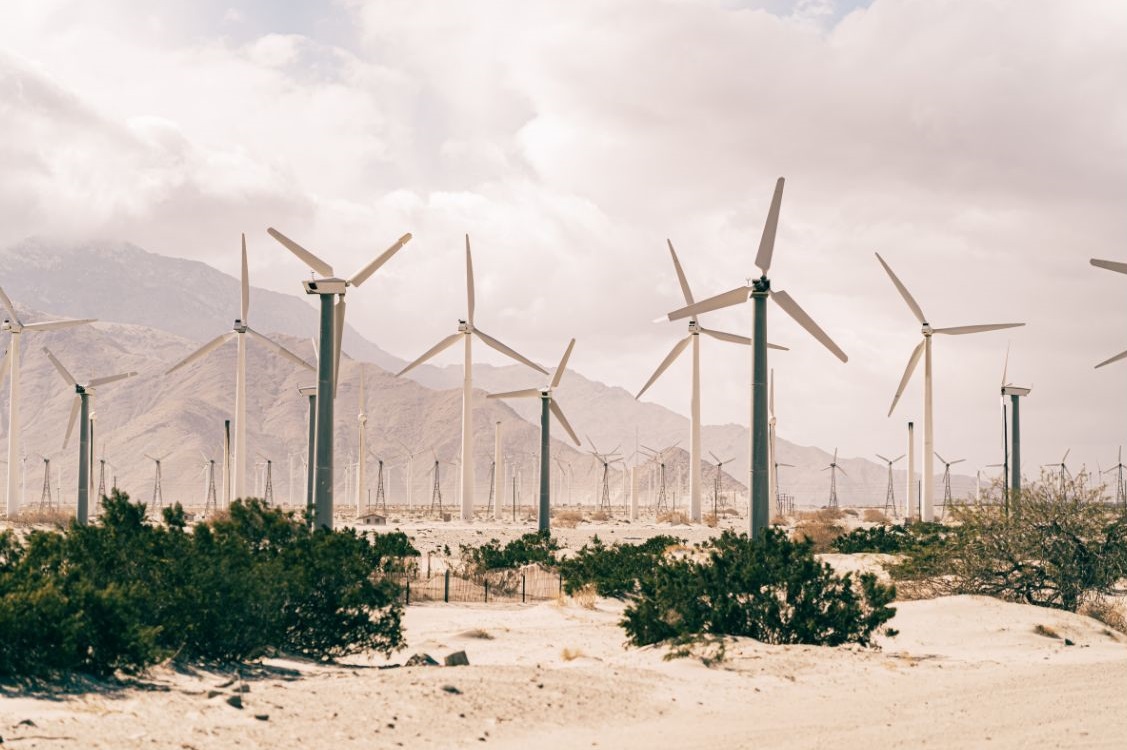Where does the wind energy market stand?
In which direction is it heading?
Find out with the GEVI team!
vol. 1
10 August 2022
WIND POWER MARKET TRENDS
By Edoardo Simonelli, Eleonora Cacchio
According to the Global Wind Report 2022, the global wind industry had an excellent upswing in 2021 thanks mainly to the growth of offshore, which accounted for 22.5% of new global wind installations. Currently, the total global wind power capacity is 837 GW (+12.4% compared to 2020) and avoids the emission of more than 1.2 billion tonnes of CO2 per year (this is the equivalent to South America’s annual carbon emissions).
Over the next five years, 557 GW of new capacity is expected to be reached (i.e. more than 110 GW of new installations per year until 2026) but these growth rates are not yet sufficient to achieve a safe and resilient global energy transition.
GWEC Market Intelligence predicts that by 2030 we will have less than two-thirds of the wind power capacity needed for the 1.5°C and net zero pathway set out by IRENA in its 2050 roadmap.
Standing in the way of achieving the climate targets is first and foremost the excessive complexity and bureaucracy of the licensing procedures, which leads to high abandonment rates for project applications, as pointed out by Feng Zhao (Head of Strategy and Market Intelligence, GWEC).
The slowdown in the spread of wind energy in countries around the world can then be partly attributed to the critical issues presented by large wind turbines, such as:
- the environmental impact at acoustic and visual level, as the annoying and repetitive noise of wind turbines prevents the installation of large turbines less than 500 metres from inhabited areas and obviously the so-called ‘wind farms’ alter the landscape in which they are placed;
- the inconstancy in wind intensity and direction over time, which directly affects the level of wind energy produced;
- the progressive saturation of sites suitable for traditional wind power (Horizontal Axis Wind Turbines, HAWT);
- the high installation and maintenance costs, especially with reference to offshore platforms that require specific means to transport the equipment.
Among the possible drivers of wind market growth is the design and construction of a new type of Vertical Axis Wind Turbines (VAWT). In the past, this solution was not much appealing in the wind industry since there were some technological problems that were not possible to overcome with the available technologies. But now, with the growth of Artificial Intelligence and new sustainable materials, this new paradigm of wind energy is possible.
The basic idea of a VAWT is the same as the HAWT: the wind exerts a force on the blades which turns a shaft connected to a generator which generates electricity; it’s just the orientation is different.
The different orientation is precisely the strength that makes it possible to overcome most of the limitations of HAWTs, as wind energy production by VAWTs is little affected by wind direction and the lower tip speed of the blades greatly reduces noise. In addition, the greater simplicity of the blade structure (it can be straight instead of twisted and tapered) together with the location of the heaviest component at ground level (onshore) or sea level (offshore) reduce the installation and maintenance costs of the turbines.
Structural characteristics of VAWTs make them particularly suitable for deployment in urban and off-grid areas with turbulent wind conditions.



